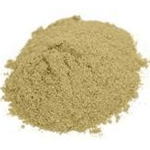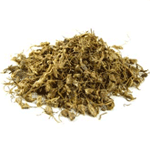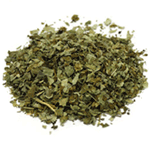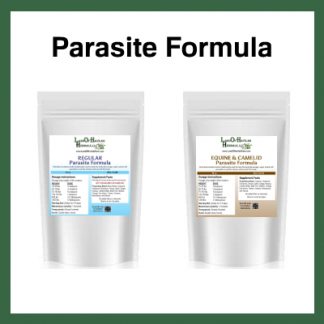Description
Fennel is recognized in the pharmacopoeias of almost all countries as a carminative, stimulant & aromatic. It can be mixed with baking soda and simple syrup for Gripe Water.
Fennel is official in the United States Pharmacopeia for its ability to mask or sweeten the taste of other medicines. A biennial or perennial with finely cut feathery foliage. The finely grooved stems are upright, hollow and up to 5 feet tall, with thin, straight, finely-cut leaves. Flat clusters of compound umbels of yellow flowers grow at the end of the stems, above the foliage. The fruit consists of 2 joined carpels, taking an oblong form with ribs. It looks like dill but more coarse and taller. Both leaves and seeds have a licorice flavor. Found on dry banks, vacant lots, and fields. It is commonly cultivated.
Origin(s): Egypt, India, Turkey.
Latin Name(s): Foeniculum vulgare
Also known as: Shatapushpa.
Plant Part(s) Used: Seed, Fruit.
Appearance: Greenish-tan.
Aroma: Sweet.
Taste: Slightly sweet, anise-like.
GMO Status: Non-GMO.
Allergen: None.
Additives: Free of any additives or preservatives.
Applications / Preparations: Can be put into capsules, teas, essential oil, soups, stews, casseroles, breads, meats or infused as an herbal extract. For cosmetic use can be put in potpourri mixes, natural tooth powders & toothpastes.
Storage: Store in a sealed container in a cool, dry place.
Shelf Life: It is very difficult to pin down an exact expiration date for most single herbs as they do not really expire, they lose potency or strength over time but will still have value. Unlike synthetic material or drugs, herbs can contain many constituents that contribute to their medicinal effects. Even if when we know what the active constituents are, there are often many of them in a single herb, each with different rates of degradation. Some herbs lose their effect more easily. Other herbs that possess more stable compounds such as alkaloids or steroids will last much longer.
A huge part of the degradation rate of herbs depends also on the storage conditions of the herb, & even on the quality of the herb before storage – how it was grown, harvested, dried & processed. If the product is left in hot places or open to sunlight then it will degrade much quicker than if it was stored in cool, dry place & sealed tightly.
A good rule of thumb is that herbs should be stored no longer than 2-3 years but many herbs will have great strength much longer than that. To determine if a an herb is still good you can check the appearance & aroma. Herbs that are no longer acceptable will have lost much of its vibrant color & will instead appear dull & faded. The bigger key though is to smell the raw materials to see if the potent aroma is still present.







Reviews
There are no reviews yet.